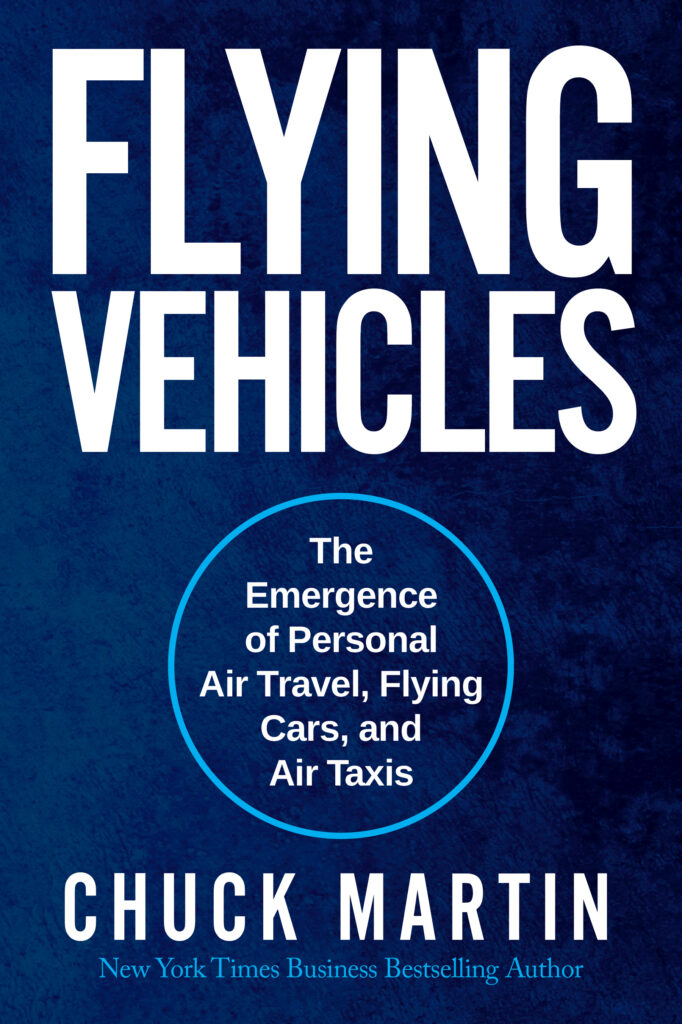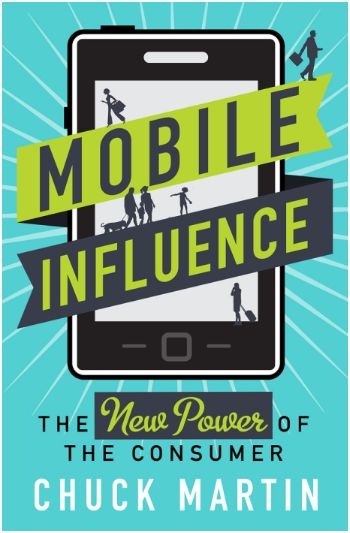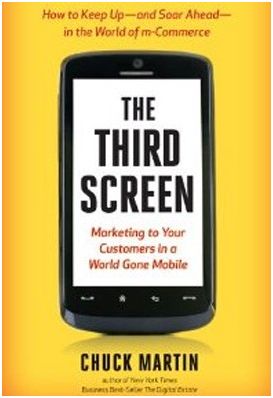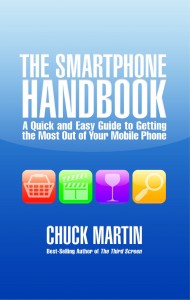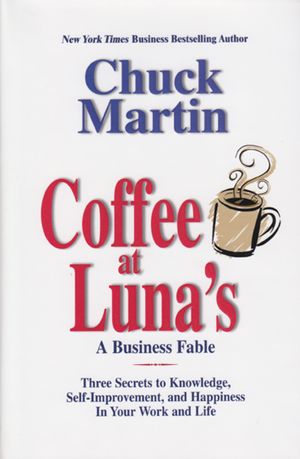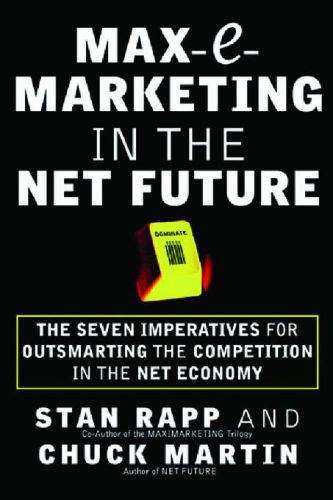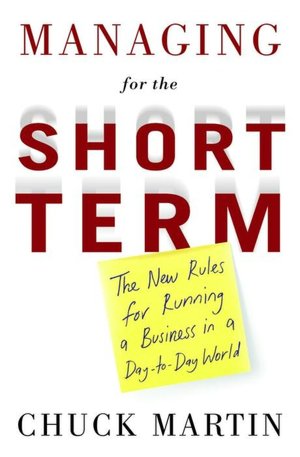Book publishers are on the verge of having the potential to be creative with 2D barcodes.
I had the opportunity to spend time with some of these folks after presenting at the BookAmerica Expo, the mega-annual event for the book industry at the Javitz Center in New York this week.
As in many industries, a typical first foray into 2D barcodes for book publishers was with QR (Quick Response) codes to send the reader to a website. The book reader scans the code with their smartphone and are then automatically routed to a site.
Many magazine and newspaper publishers have adopted the same approach, printing a QR code so that the reader with a quick scan can be provided additional information via the Web.
But we’re at the stage that so much more can be done with far more sophisticated 2D barcodes.
For example, at the pre-launch party of my book The Third Screen at SXSW in Austin, Spyderlynk of Denver created a custom code for us comprising a photo of the book cover with a circle around it. That’s it. Potential reviewers at the event could take a picture of the code, called a SnapTag, text it to the given number and instantly receive a text message asking them for information on where they wanted the book sent.
Well-known brands such as Coors, Chivas and Coke have been using SnapTags on their packaging for some time while many book publishers have been pursuing the traditional QR code route.
Another sophisticated 2D barcode company is ScanLife in New York, which provides 2D codes significantly smaller than QR codes that also can be sent via text message or scanned by the ScanLife app (SnapTag also has a mobile app, and both are beyond lightning fast at reading their respective codes).
Like SnapTag, ScanLife tags appear on a number of well-known brands, including Target, GAP and Heineken. (A ScanLife code appears on the back of my book jacket.)
Scans by consumers using ScanLife also show that the number one barcodes scanned are those on books, an indicator that the readers may be ahead of the book publishers.
The key in this for book publishers is not that a code can route someone to a website, but that a wealth of information can be provided to the publisher from the scans.
Both Sypderlynk and ScanLife have highly developed and sophisticated back-end tracking capabilities. They are platforms that publishers can use to show when the book was scanned, where, by what type of phone and various demographic information, such as age and gender.
For example, after a week of The Third Screen being published, I can see where in the world it has been scanned, that 53 percent of those who scanned it used an iPhone, 21 percent Android and 21 percent BlackBerry, among other insights.
A publisher with many titles can test to determine what kinds of books are scanned more frequently and by what type of mobile platform and use that for future planning.
These codes can be used for games, interactive scavenger hunts, contests, videos and more rather than for sending a reader to a static website, even one loaded with information.
For my presentation at BEA, we used a SnapTag with the well-known Facebook “F” inside a circle, so that when placed on or in a book, a person could snap it to instantly “like” the book.
Some of the publishers I spoke with after my presentation totally got this, which is extremely encouraging for the advancement of the mobile marketplace.
The potential for 2D barcodes in book publishing is clearly there. Now it’s up to the publishers.
Chuck Martin is author of The Third Screen; Marketing to Your Customers in a World Gone Mobile, The Smartphone Handbook, CEO of Mobile Future Institute, Director of the Center for Media Research at MediaPost Communications and a highly sought-after mobile marketing speaker.


